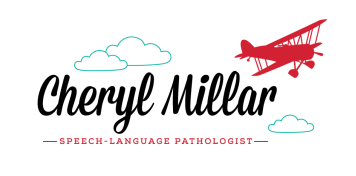|
|
Strategies for School SuccessGood listening and speaking skills provide a solid foundation for everything your child needs to learn in school. If your child is struggling academically, use homework time to boost your child’s language skills. Here are some strategies that may be helpful:
Preteach vocabulary
Emphasize listening for the “main idea”
Many children are visual learners who benefit from using images, pictures and maps to organize information.
|

